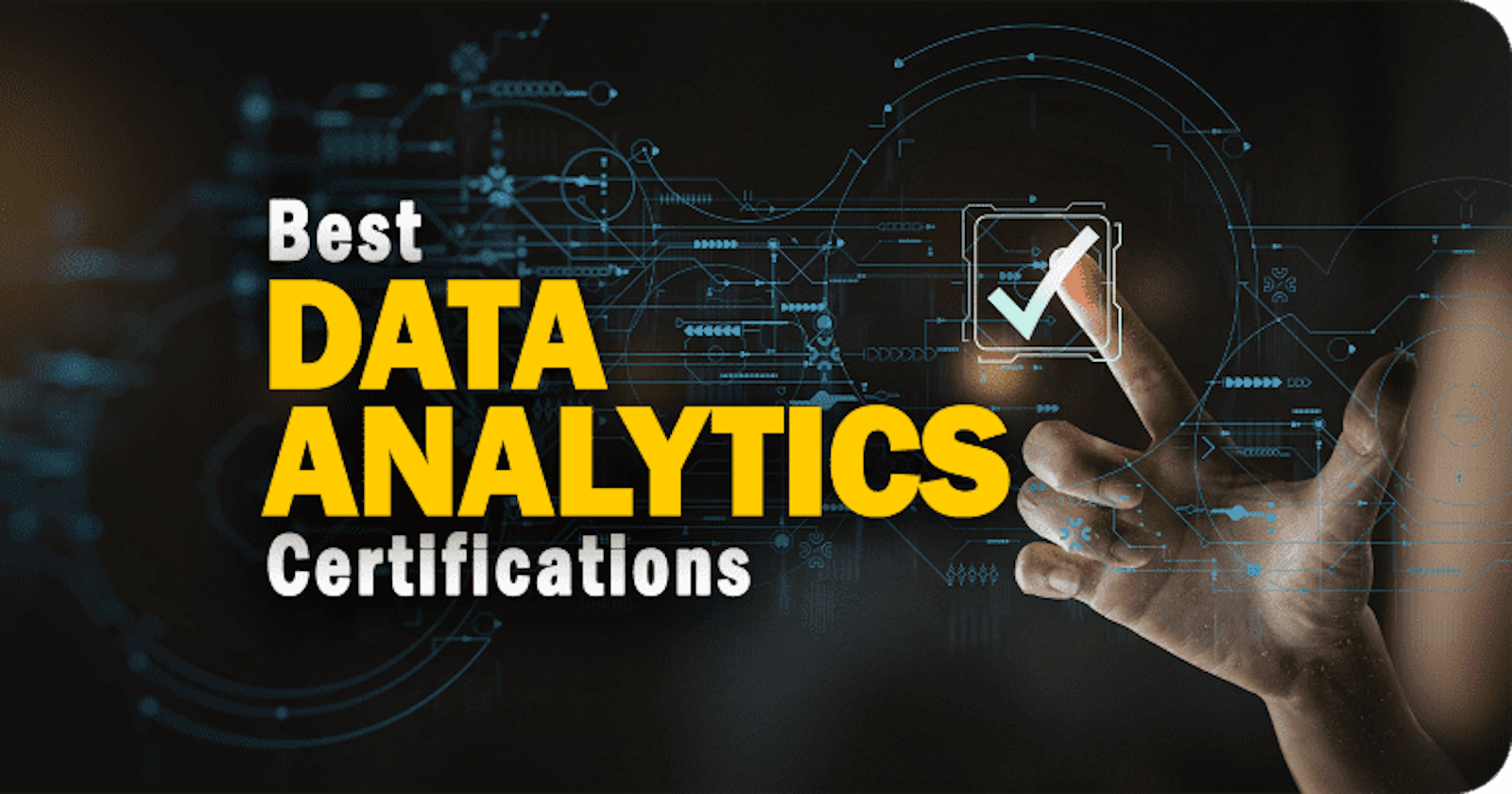Introduction
In today's fast-paced digital landscape, businesses are inundated with data from various sources - from customer interactions to operational metrics. Amidst this deluge of information lies a treasure trove of insights waiting to be discovered. This is where the power of analytics comes into play. By harnessing advanced analytical techniques, organizations can unlock valuable insights that drive strategic decision-making, optimize processes, and ultimately, propel them towards success.
The Evolution of Analytics
The journey of analytics has been nothing short of transformative. From rudimentary data analysis techniques to sophisticated predictive modeling and machine learning algorithms, the field of analytics has evolved exponentially. Gone are the days when businesses relied solely on gut instinct or historical trends to make decisions. Today, data-driven insights reign supreme, enabling organizations to make informed decisions backed by evidence and analysis.
Understanding the Analytics Advantage
So, what exactly is the analytics advantage? Simply put, it's the ability to turn raw data into actionable insights that drive business value. Whether it's uncovering hidden patterns in customer behavior, optimizing supply chain operations, or predicting market trends, analytics empowers organizations to make smarter, more strategic decisions.
One of the key advantages of analytics is its ability to provide a holistic view of the business landscape. By aggregating data from disparate sources and analyzing it in real-time, organizations can gain a comprehensive understanding of their operations, identify areas for improvement, and capitalize on emerging opportunities.
Leveraging Data for Competitive Edge
In today's hyper-competitive market, gaining a competitive edge is paramount. This is where analytics can truly shine. By leveraging data effectively, organizations can differentiate themselves from their competitors, anticipate market shifts, and stay ahead of the curve.
For example, in the retail sector, analytics can be used to analyze customer purchasing patterns and preferences, allowing businesses to personalize marketing campaigns, optimize pricing strategies, and enhance the overall customer experience. Similarly, in the healthcare industry, analytics can help identify trends in patient outcomes, improve treatment protocols, and reduce costs.
Driving Innovation and Growth
Innovation is the lifeblood of any successful organization. By harnessing the power of analytics, businesses can drive innovation at every level, from product development to customer service. By analyzing market trends, consumer feedback, and competitor activity, organizations can identify unmet needs and develop innovative solutions that resonate with their target audience.
Furthermore, analytics can play a pivotal role in driving business growth. By identifying untapped market segments, optimizing marketing spend, and maximizing operational efficiency, organizations can scale their operations and expand their market presence with confidence.
Overcoming Challenges
While the benefits of analytics are undeniable, implementing an effective analytics strategy is not without its challenges. From data quality issues to organizational resistance, there are numerous hurdles that organizations must overcome on their analytics journey.
One of the biggest challenges organizations face is the sheer volume and complexity of data. With data being generated at an unprecedented rate, organizations must invest in robust data management systems and technologies to ensure data quality, accuracy, and integrity.
Additionally, organizational culture plays a crucial role in the success of analytics initiatives. In many cases, there may be resistance to change or a lack of buy-in from key stakeholders. To overcome these challenges, organizations must foster a data-driven culture that values analytics and encourages experimentation and innovation.
The Future of Analytics
As we look to the future, the role of analytics will only continue to grow in importance. With advancements in artificial intelligence, machine learning, and predictive analytics, organizations will have access to even more powerful tools and techniques for extracting insights from data.
Furthermore, as the Internet of Things (IoT) continues to proliferate, organizations will have access to vast amounts of real-time data from connected devices, enabling them to make faster, more informed decisions.
Conclusion
The analytics advantage is a game-changer for organizations looking to thrive in today's data-driven world. By leveraging data effectively, organizations can gain valuable insights, drive innovation, and achieve sustainable growth. However, realizing the full potential of analytics requires a strategic approach, investment in the right technologies, and a commitment to fostering a data-driven culture. With the right mindset and tools in place, organizations can unlock the full potential of their data and chart a course towards success in the digital age. Additionally, organizations can consider investing in a Data Analytics course in Agra, Dehradun, Mumbai, Moradabad, Delhi, Noida and all cities in India to equip their teams with
